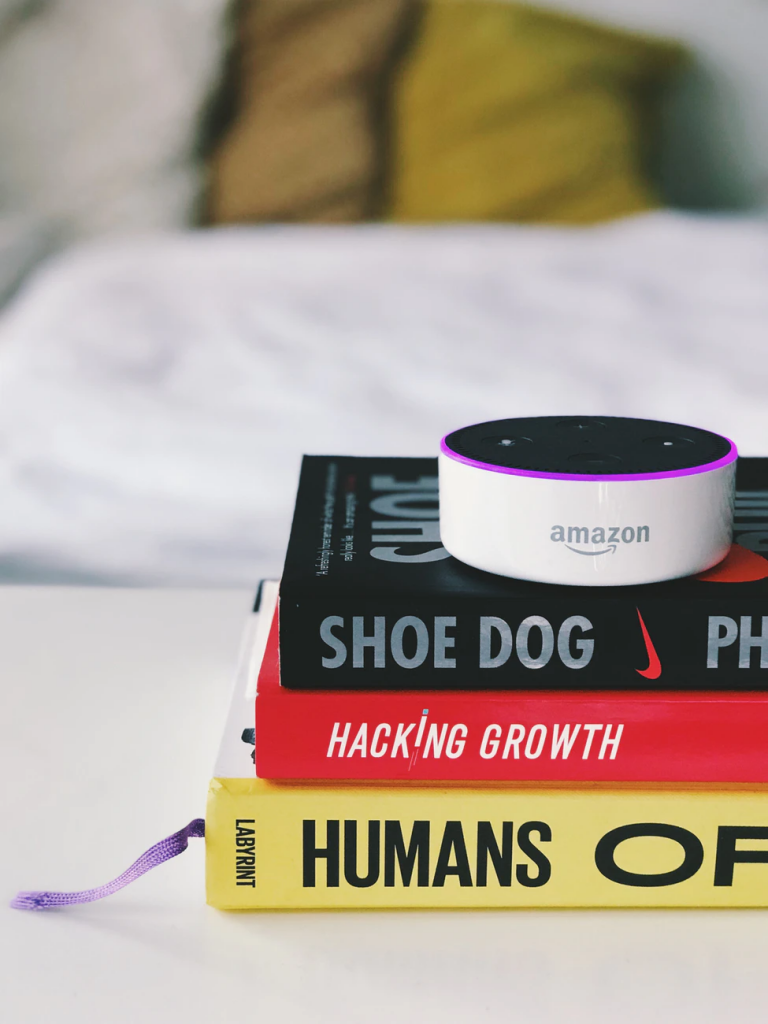Fortunately, there are solutions for this, and there are ways of getting a good system that will give you all the functionality you want and need. And we’ll get to that in a minute, but first, let’s see where things are in terms of compatibility and how we got here, and then we’ll discuss how the future is shaping up.
Where Are We Now, and How Did We Get Here?
At the moment, as we mentioned, there are a lot of manufacturers that are investing in smart home security. Some are just dipping their toes, while others spend massive amounts of money and come to market with new and innovative products. The thing is, when things started out, every manufacturer wanted you to invest in their ecosystem, and not mix and match with competitive products. The only way to ensure that, and the option they decided to go for, is to have their proprietary protocols for communication. If you wanted your camera to communicate with your motion sensor, you needed them both to be from the same manufacturer. While this wasn’t too difficult for manufacturers, it made the concept of a smart home difficult and complicated for consumers. This is why many people have yet to invest in smart home security systems.
Zigbee and Z-Wave Taking Over
A manufacturer claiming compatibility is a nice thing. However, being sure that all of your devices will work with each other, without problems, and without needing to jump through hoops to set everything up, is a whole different beast. That requires all the devices you use to support the same method of communication, and fortunately, we do have some devices that do that at the moment. The issue was with finding a good protocol that won’t be too limiting and will work in all the situations you need it to. We have two of them at this point, and they’re Z-Wave and Zigbee. Without getting into too many details, Z-Wave is better when it comes to the device certification because you have a single company that deals with that. And while Zigbee has both software and hardware certification, and is an open protocol which makes things difficult, it easily beats Z-Wave because it has no limit for hops from one device to another, and you can have a massive number of devices on the same network. Both Zigbee and Z-Wave solve the compatibility problem rather easily, so one way to guarantee that your home security system is going to work well and devices will communicate with each other, is to choose devices that all rely on one of these two protocols. Yes, getting Alexa or Google Assistant-compatible devices does go a long way, but you can’t guarantee much compatibility for the future.
What Does the Future Hold?
We’re talking about a project that has one goal – make Zigbee the go-to protocol for any and all home automation needs. It’s going to work with just about any devices, from the ones meant to add a bit of convenience, to ones that make your home a more secure place to live in. One thing to note is that we’re still a couple of years away from seeing this become a reality. If you’re investing in a smart home security system now, it’s definitely a wise idea to choose components that work with Zigbee. Not only will you have excellent compatibility now, but you’re also looking at excellent future-proofing. When Zigbee becomes the standard, you won’t have to change your devices because they’re not compatible with newer, better ones – they’ll just work. To wrap things up, if you want to guarantee compatibility, Zigbee is the way to go. This is only going to become more obvious in the years that are coming, so if you’re building a security system now, go for it! Thank you for visiting techfollows.com.




